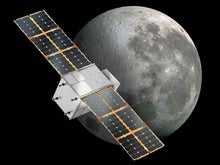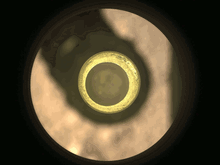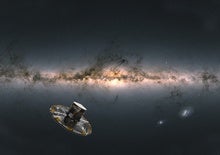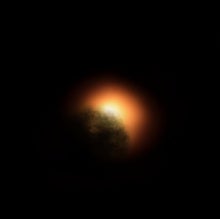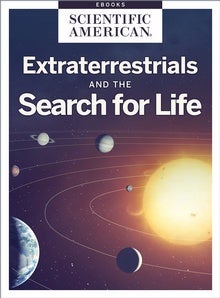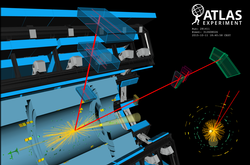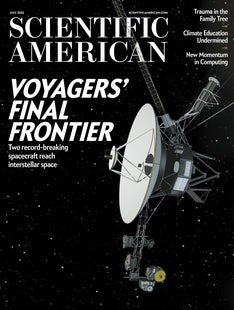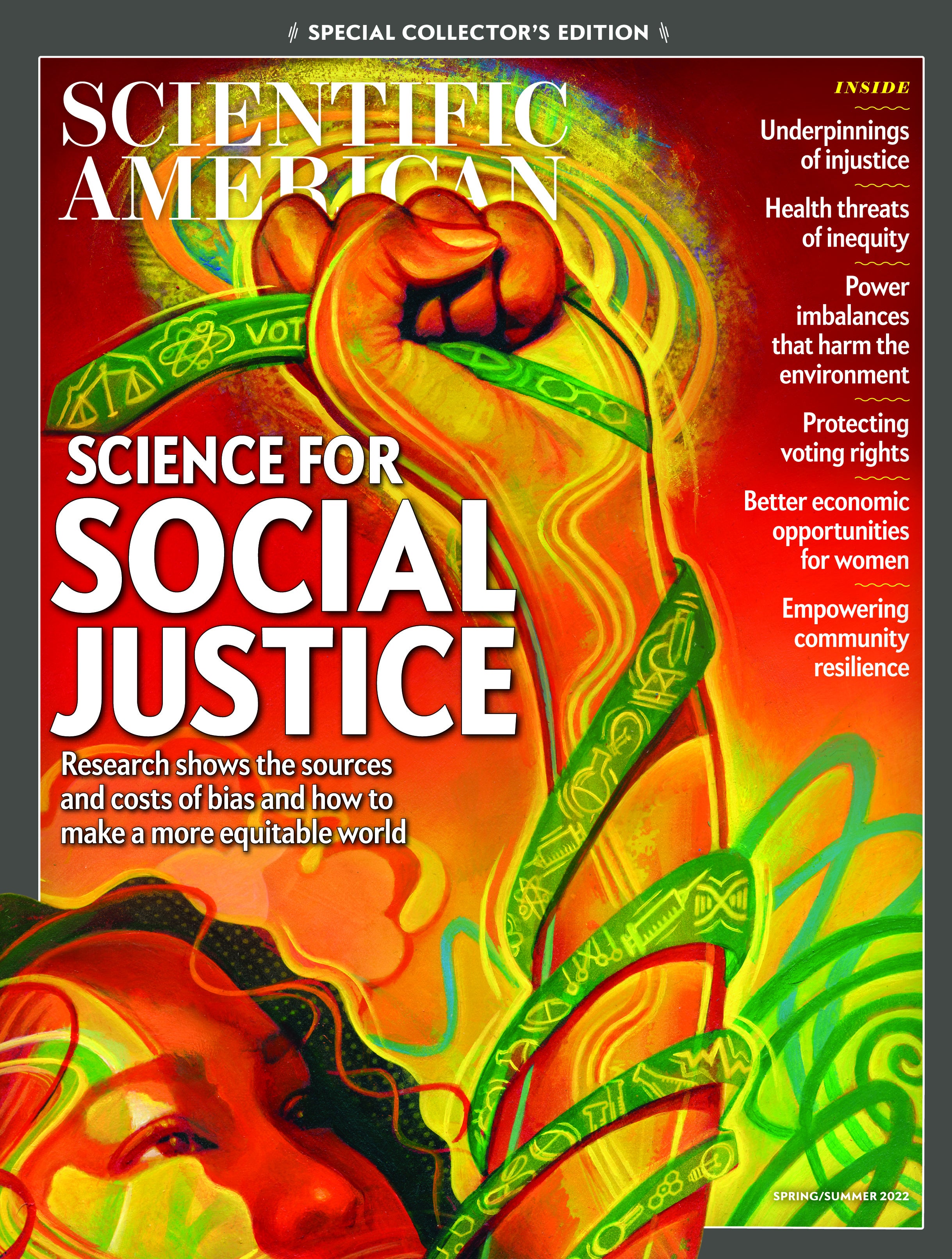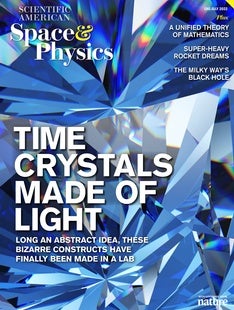 |
| June 30, 2022 |
Dear Reader,
This July 4th marks the 10th anniversary of physicists' discovery of the Higgs boson, the particle (and its associated field) that imbues all others with mass. Named after Peter Higgs, who first predicted its existence in 1964, this was the last, long-sought "missing piece" in the Standard Model of particle physics—making its discovery all the more sensational, and netting Higgs a Nobel Prize as well as considerable public attention. Our lead story discusses a new biography of Higgs and his surprising reaction to the epochal discovery, which he says "ruined my life." Next, read our story about how mathematicians are trying to "hear" shapes, and coverage of CAPSTONE, a newly launched NASA-affiliated spacecraft on its way to the Moon. Enjoy, and have a wonderful Independence Day. |
| |
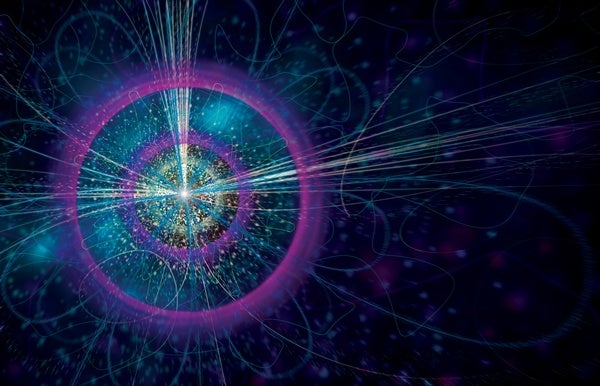 |
| |
| |
| |
| |
| |
| |
FROM THE STORE
 | | Extraterrestrials and the Search for Life Do aliens exist? The enduring mystery of whether we're alone in the universe is a question that continues to drive scientific study into groundbreaking directions. This collection examines the latest thinking in the search for life, from discussing why we haven't found evidence of aliens so far to determining where and how to conduct the search to opening up the possibilities for what otherworldly life could truly look like. |  | | |
| |
FROM THE ARCHIVE
 | | Higgs Boson Gives Next-Generation Particle Its Heft Experiments at the Large Hadron Collider suggest that muons and other "second-generation particles" obtain their mass from interacting with the Higgs, further strengthening the Standard Model By Daniel Garisto | August 2020 | | |
LATEST ISSUES
 |
| |
| Questions? Comments?  | |
| Download the Scientific American App |
| |
| |




